WHAT IS GREASE SEPARATOR?
A grease separator also referred to as a grease interceptor or grease trap, is a carefully designed plumbing apparatus. Its purpose is to intercept and capture grease, fats, and oils from wastewater. This prevents these substances from entering a sewage system or wastewater treatment plant.
The device is widely used in commercial kitchens, restaurants and other food service facilities. The primary goal of a grease separator is to prevent the buildup of fats, oils and grease in sewer lines that can cause blockages and environmental issues.
WORKING PRINCIPLE OF GREASE SEPARATOR
A grease separator works on the basic principle of gravity separation, utilizing the varied densities of substances within wastewater to separate fat, oils and grease- FOG from water.
Here is a step-wise breakdown of how it functions-
- Wastewater containing FOG enters the grease separator.
- As the wastewater cools down, the fats, oils and grease that are lighter than water begin to solidify and float to the surface. The heavy solids like food particles and other sediments sink to the bottom.
- The grease trap consists of chamber that is designed to slow down the flow of wastewater, allowing enough time for separation process to occur.
- The FOG accumulates in this chamber’s surface while the clear water remains in the middle and solids settle at the bottom.
- The grease rise at the top forms a layer and is trapped within the separator.
- Water is free of grease and heavy solids flows out of separator through an outlet pipe that has a lower opening chamber.
- The floating grease is not carried out with exiting water.
WHAT ARE THE TYPES OF GREASE SEPARATORS
Grease separators come in varied types and sizes tailored to meet the different needs and applications. Here are some of the main types of grease separators-
- Passive Grease Traps – Small devices installed directly under the sink and nearby kitchen area. They work using gravity to separate FOG from water. Passive grease traps are suitable for small food facilities that require frequent cleaning because of their limited capacity.
- Automatic grease removal device – This device removes the grease from the trap and deposit into separate container. They are less labor intensive and efficient device that actively separate and remove grease. They are best suited for large kitchens and higher grease volumes facilities.
- Hydro-Mechanical grease trap – They are larger and are usually installed under the ground outside kitchen area. They use both gravitational forces and mechanical processes to enhance grease separation from wastewater. They are engineered to handle higher flow rates and grease volumes.
- Gravity grease traps – Large underground tanks to handle significant volumes of wastewater and are installed outside buildings. They separate FOG using gravity. They are huge in size and require less frequent cleaning.
- Compact grease separators – They are engineered for areas with limited space and use cutting-edge designs to maximize efficiency in small footprints. Normally installed in small cafes, mobile kitchens or temporary setups.
BENEFITS OF USING GREASE SEPARATORS
Installing grease separator in your facility offers several important benefits that includes-
- Prevent Blockage of sewage system: Grease traps prevent FOG from entering sewer system. The accumulated fats, oils and grease solidify and cause blockages in sewers. This can lead to costly repairs, overflows and disruptive backups.
- Protects environment: Grease interceptor help reduce pollution. They trap FOG before it reaches the natural water bodies and help reduce the pollution. This is important for protecting aquatic ecosystems and complying with environmental norms and plumbing codes.
- Minimize maintenance costs: While grease separators require maintenance, they help avoid more expensive plumbing repairs and sewage cleaning that would be required if FOG is allowed to accumulate in the sewer.
- Efficient wastewater treatment: By removing fats, oils and grease from wastewater, grease traps boost the efficiency of wastewater treatment process. Excess grease can hinder the effectiveness of these processes, leading to higher operating costs.
- Prevent bad odor: Grease traps help maintain a pleasant environment around the kitchens. This is because they help contain pungent smell that emerges from decomposing food waste in sewer system.
- Protect plumbing system: FOG can damage plumbing system leading to leaks over time. Grease interceptors trap grease and protect the integrity of the system.
- Regulation compliance: Many local and regional authorities have strict regulations on the discharge of FOG into sewers. Using grease separators helps facilities to comply with these regulations and avoid huge fines and legal issues.
WHAT TO CONSIDER WHEN INSTALLING A GREASE SEPARATOR?
There are several significant factors to consider when installing grease separator to ensure it functions effectively and complies with local regulations.
- Proper Size and capacity – It is important to choose grease trap with appropriate capacity for the facility based on wastewater volume and grease your facility generates. If you install capacity lower that the one required it will lead to frequent overflows and increased maintenance. Also, if you install larger grease trap size than required it will be an unwanted costly investment.
- Location – It is imperative to install grease separator in a location that is easily accessible for maintenance and cleaning.
- Choose the right type – Among the varied types of grease traps choose the one that best suits your needs. Each type has its own benefits and is best suited to varied operational scales and needs.
- Plumbing connections – Make sure all the plumbing connections are correctly and securely made to avoid leaks and inefficiencies. Make sure installation is in sync with local plumbing codes and standards.
- Regulatory compliance – Check the local regulations and standards pertaining to wastewater and grease disposal. This will help you avoid fines and ensure environmental compliance.
- Easy maintenance – Install the grease separator that is easy to maintain and clean. Consider factors like opening size and height of installation.
- Cost – Evaluate cost of installation by taking into account maintenance costs and operational expenses. Some grease traps are more expensive initially but may offer lower long terms costs due to less cleanings and more efficient grease removal.
- Expertise of vendor – It is important to choose a reputable and expert vendor with a proven expertise in grease management systems. Professional vendors provide valuable guidance during installation and offer effective after-sales service.
- Future need – Opt for the grease separator system that can accommodate future growth can be cost-effective in the long run.
Grease traps are significant plumbing device to manage wastewater in food service facilities. They provide varied benefits that include preventing clogs, backups in plumbing systems by trapping FOG before they enter the sewage system. This helps avoid costly repairs and maintenance while also reducing environmental pollution. Grease separators also enhance efficiency of wastewater treatment process and help in maintaining a cleaner, more odor-free environment in the kitchen.
Want To Know More, Contact Green Genra for Grease Separator Price

































EPR registration for plastic waste management or the Extended Producers Responsibility aims to ensure that the producers are ...
Biomedical waste, also known as medical waste is a kind of waste containing infectious or potentially infectious materials fr...
What is Hazardous Waste? Hazardous Waste is the waste materials that are dangerous or potentially harmful to human health ...
EPR is the extended producer responsibility for plastic waste in India and is a policy mechanism that is aimed at producer&rs...
A grease separator also referred to as a grease interceptor or grease trap, is a carefully designed plumbing apparatus. Its p...
Definition and Purpose of ETP (Effluent treatment plant) ETP means Effluent Treatment Plant. It is a meticulously designed...

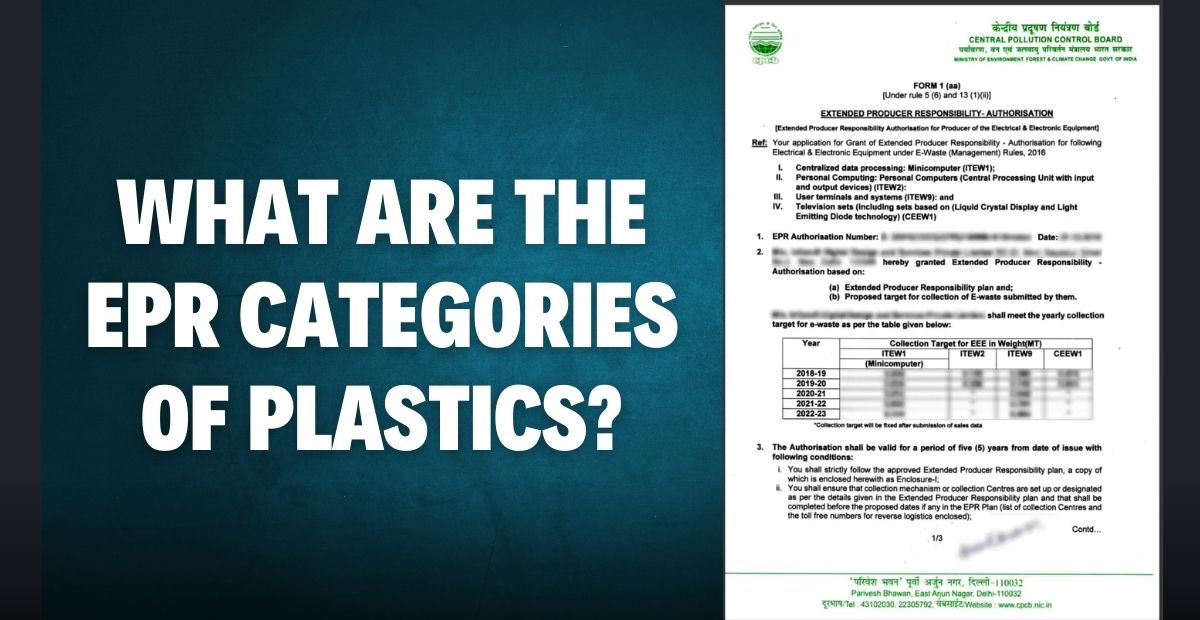


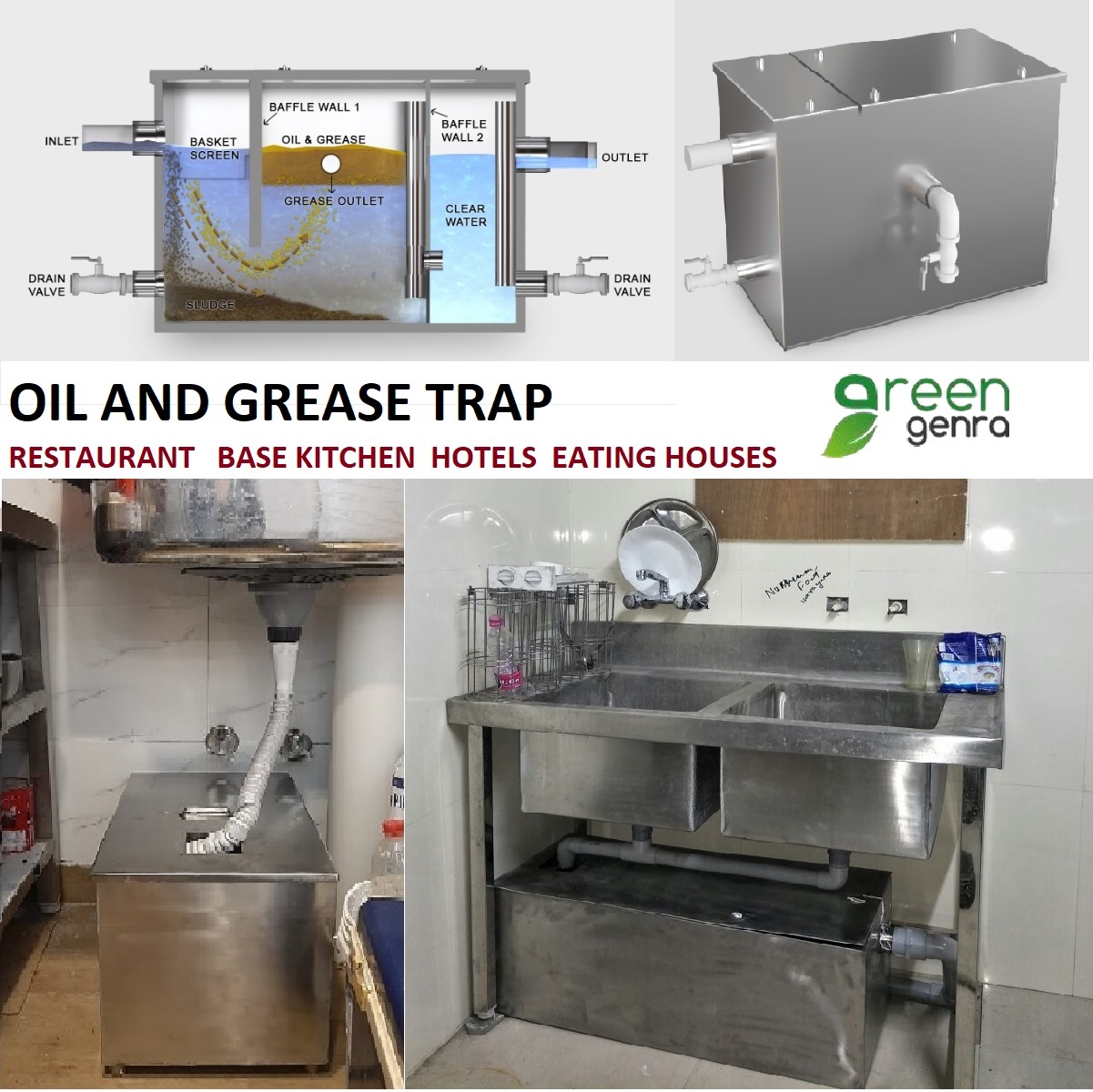
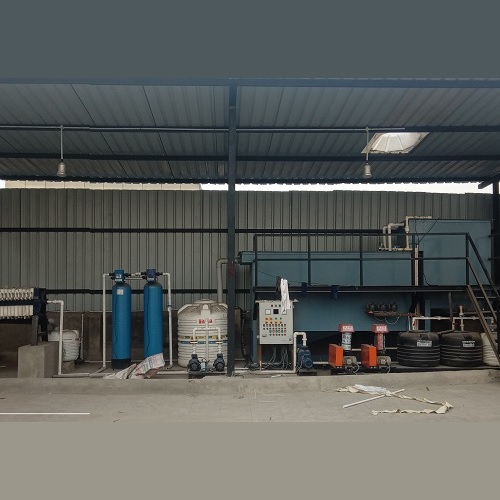
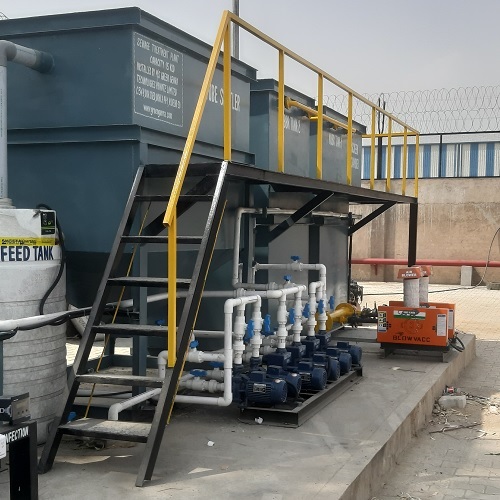
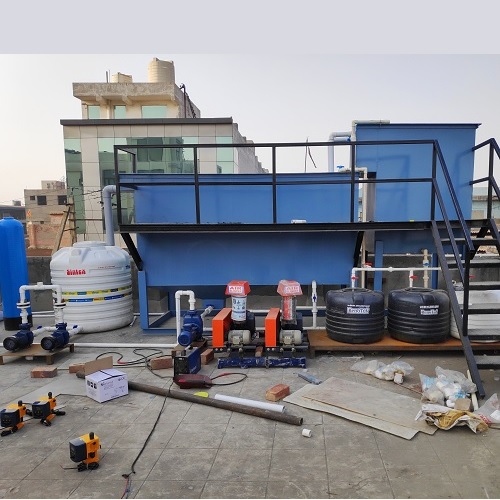
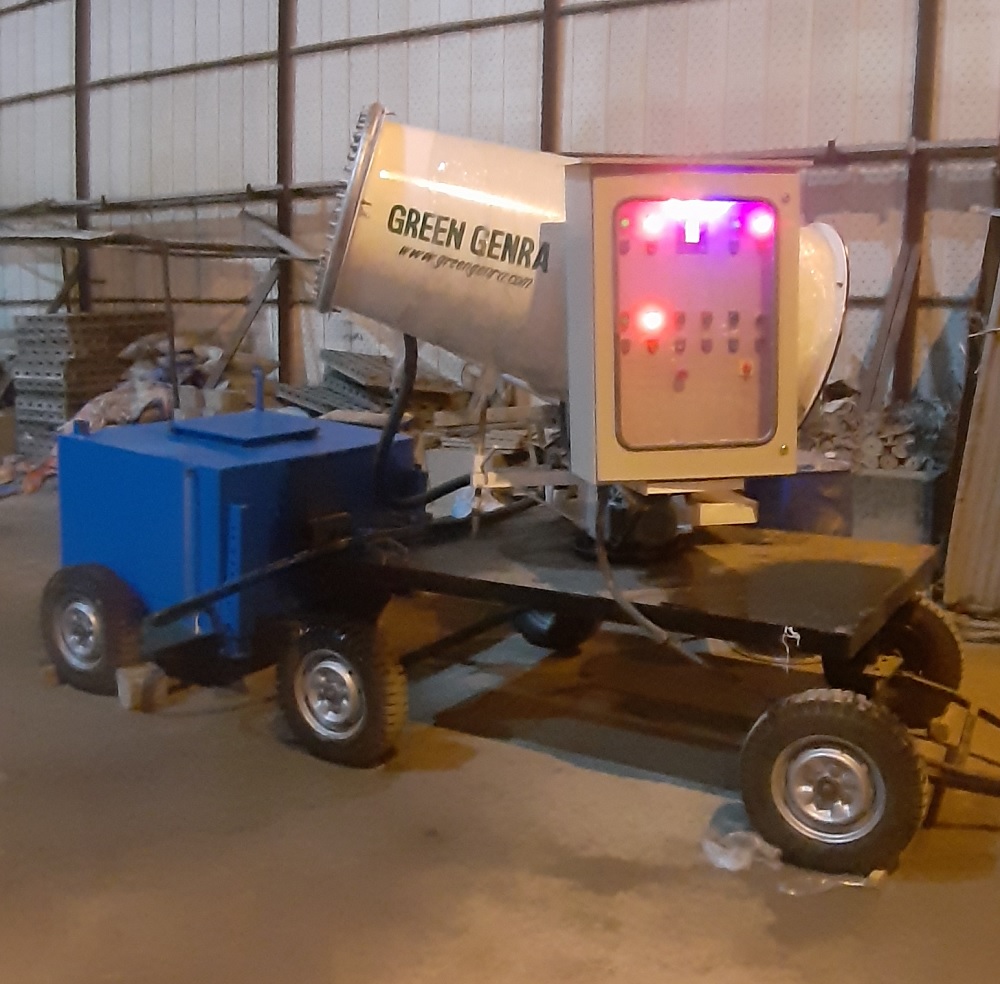
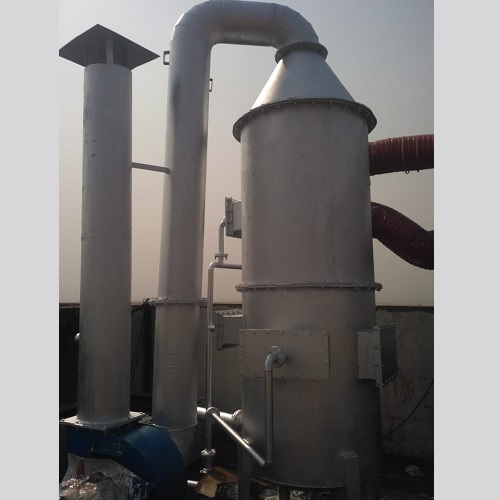
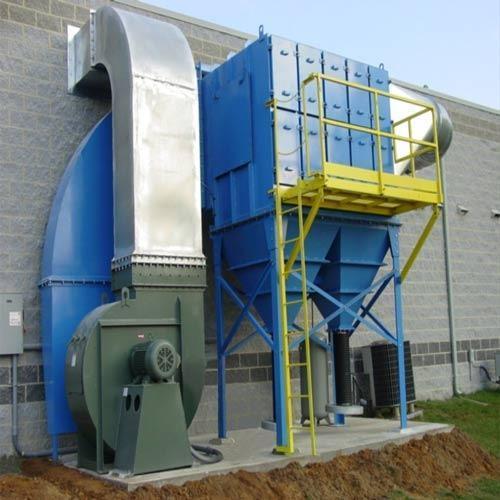
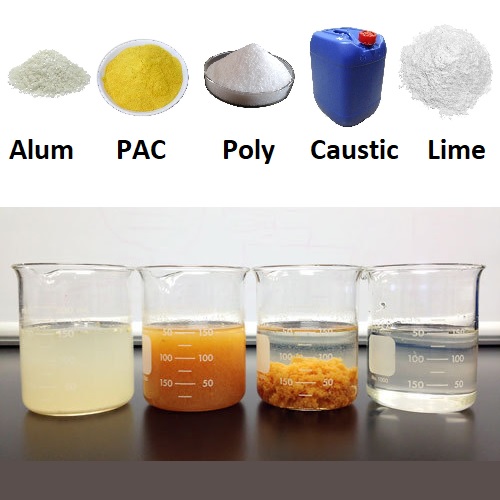
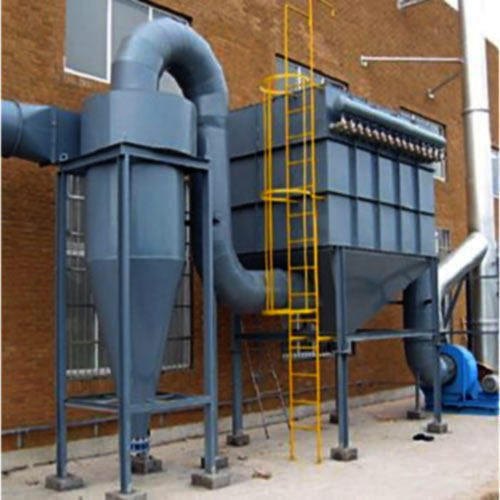
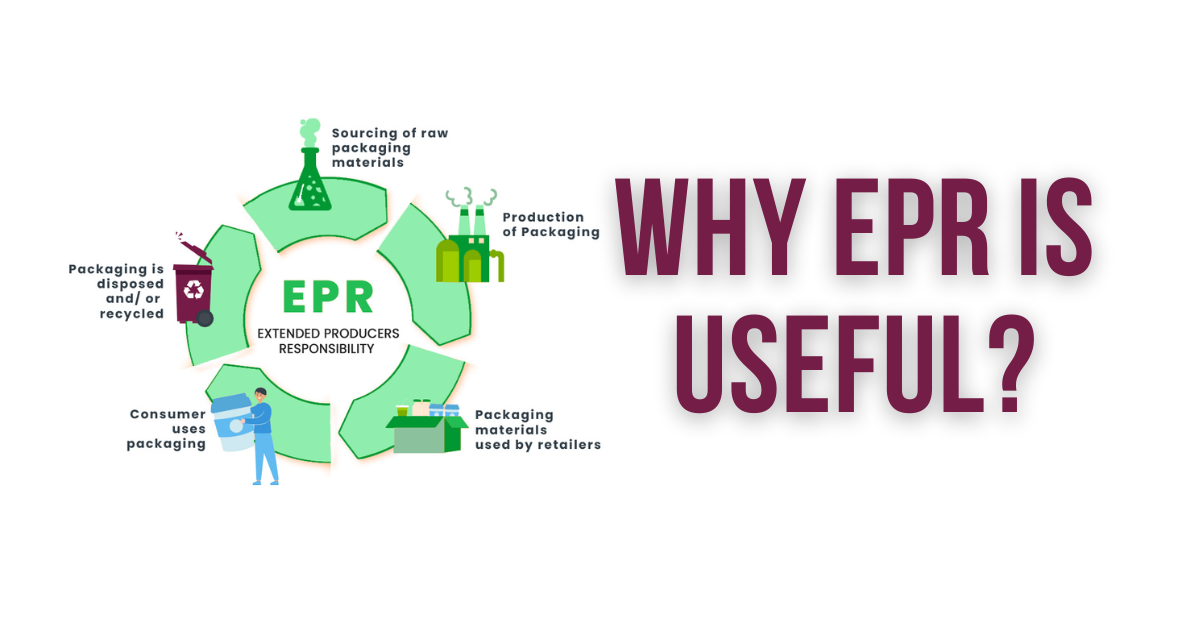
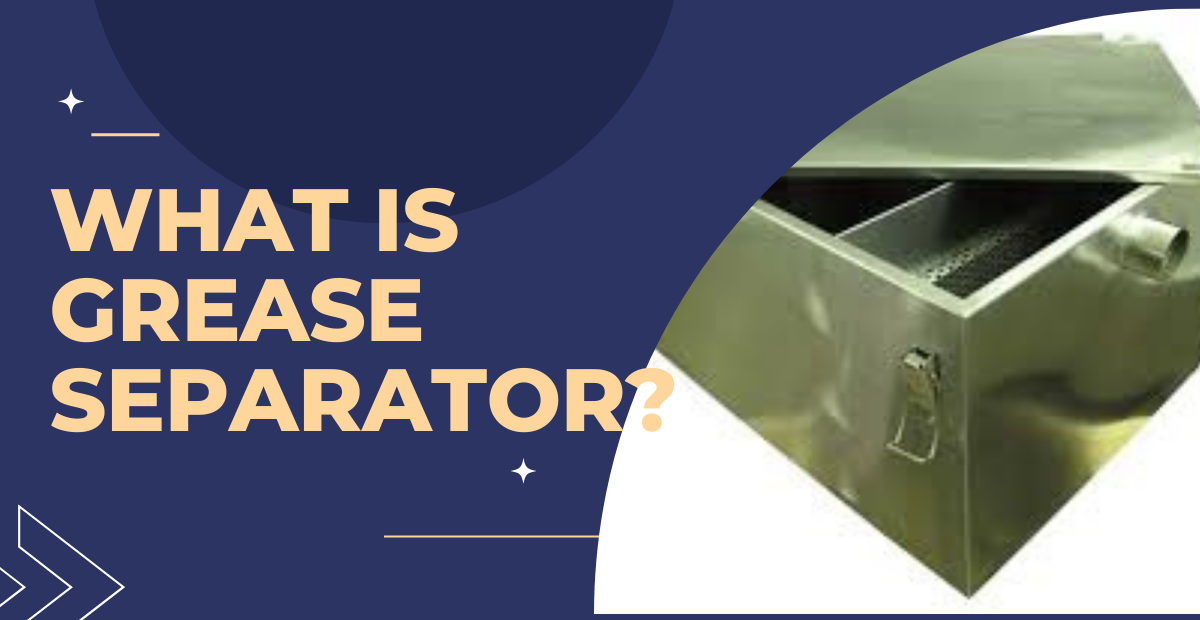
.jpg)